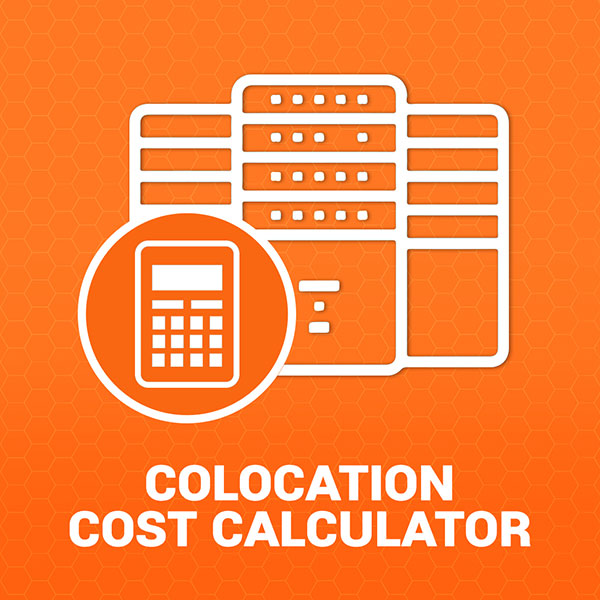
Can your business function without your data, network and applications? If yes, then you do not need a disaster recovery plan! If no, then a backup and disaster recovery plan should be a priority for you. So, what is a disaster recovery plan and why is it important? Let’s take a look.
A structured plan for responding to unforeseen incidents, a disaster recovery plan or DRP is a step-by-step plan that aims to minimize the effects of a disaster. Generally, DRP involves the analysis of continuity needs and business processes. You may or may not know this, but DRP is part of the business continuity planning process. In case you didn’t know that already, the business continuity planning process is a process that creates prevention and recovery systems that deal with potential threats to a company. Now that we know what DRP refers to, it’s time to look at whether your business needs a disaster recovery plan.
A disaster is inevitable: at some point in time, your business/ company will suffer a disaster whether it is a human error, a security attack, a power failure, infrastructural failure or a natural disaster such as a flood or fire. For this reason, taking a proactive approach and preparing yourself for the aforementioned events is a sensible thing to do. A great way to prepare yourself is developing a disaster recovery plan in conjunction with your business continuity plan. A well-developed recovery plan will restore your affected hardware, applications and data after a disaster in time to meet the needs of your different business functions. Following are the top 4 reasons your business needs a disaster recovery plan.
Hardware Failures
Nothing is perfect and nothing lasts forever. This includes machines. Hard drives crash and machines fail without any warning. For this reason, you need to have systems in place to back up your data. Generally, disaster recovery plans include comprehensive backups. So, by developing a disaster recovery plan, you will eliminate the chances of any interruptions in case disaster strikes and there’s an IT failure.
Humans Can Make Errors
Human errors are the hardest mistakes to prevent and correct. The good thing is that you can make the impact of human errors as good as negligible by regularly backing up your data to restore your system to an error-free state. You can ensure this with a disaster recovery plan.
Customers Want 24/7 Access
Today, customers expect 24/7 access to the business information they need. If you suffer an IT failure and can’t recover in a timely fashion, your customers won’t waste any time to move onto your competitor. For this reason, a DRP is essential.
Nature is Unpredictable
We cannot predict disasters simply because nature is unpredictable. For this reason, business without a DRP will find it extremely difficult to resume its operations after a major disaster strikes. So, the only way to protect your business from a natural disaster is having a disaster recovery plan.
In addition to minimizing the impact of the situations, a disaster recovery plan will help your business to:
- Reduce costs
- Speed up replication
- Improve recovery time
All the reasons make a disaster recovery plan a must for your business.

